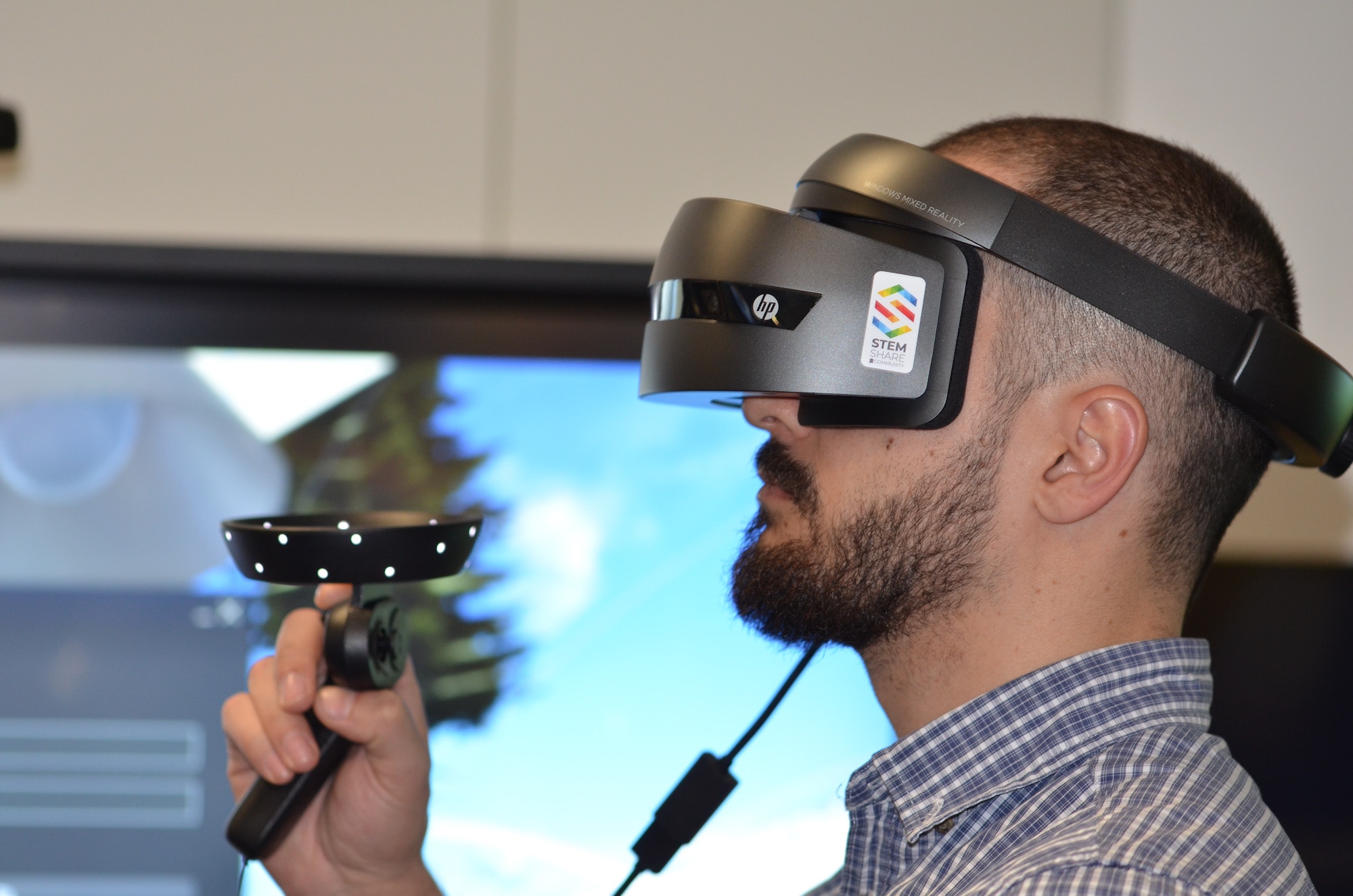Tech is reshaping the way businesses across the country conduct their everyday goals. From emerging technologies like AI, IoT, and big data, these tools can more easily connect us with one another and the solutions that help make life more manageable.
When it comes to nonprofit and charitable organizations, tech is also helping to improve the missions that help empower everyday lives, including those of animals. Across the pet industry, animals are benefiting from technologies’ role in assessing diseases, communicating important messages with others, and keeping our pets safe from harm’s way.
Let’s take a look at the ways tech is helping to shape animal welfare:
1. Safety
Today, we see everything from GPS tracking to RFID implants and other mobile technologies are allowing pet owners to keep safer areas. For pets that runaway, these devices can offer security solutions. But new technology can also like the app Rover offers AI-enabled facial recognition to successfully find and reunite lost pets with their owners. NPR reports this tech has already led to happy endings for both the animal and owner over 600 times. For philanthropies and nonprofit organizations geared towards animal welfare, using these innovations can help protect animals locally, but also allow global organizations to find ways to protect animal rights worldwide.
2. Communication
Interestingly enough, an article from NBC News suggests that artificial intelligence and machine learning can help us communicate with our pets. Scientists have been researching how to translate facial patterns and animal vocalizations into information humans can understand.
For some animal charities, interpreting emotions and facial expressions could hone in on the core message of each organization, resonating a much deeper message with followers and audiences across the globe. In addition, AI-driven data insights could help propel target audiences that are dedicated to the organization’s core values.
3. Health
As health is a major component of well-being in every living being, it is a major component of advocacy groups whose focus is centered around animals. Big data can now monitor and analyze a pet’s vitals while providing insight into how an animal is feeling. In fact, hi-tech dog collars can now read a pets emotions and text the owner if it’s feeling sad. Sensors built into these high-tech devices allows humans to assess physical and behavioral patterns that can indicate if an animal is in pain. In the long-run, it can help with the long-term diagnoses and management of diseases.
With over 85% of global executives using mobile technologies led by emerging tools like AI and big data, organization-wide innovation is evident in various industries and will soon become the most efficient way for nonprofit and charity organizations to support and protect animals for the better.






